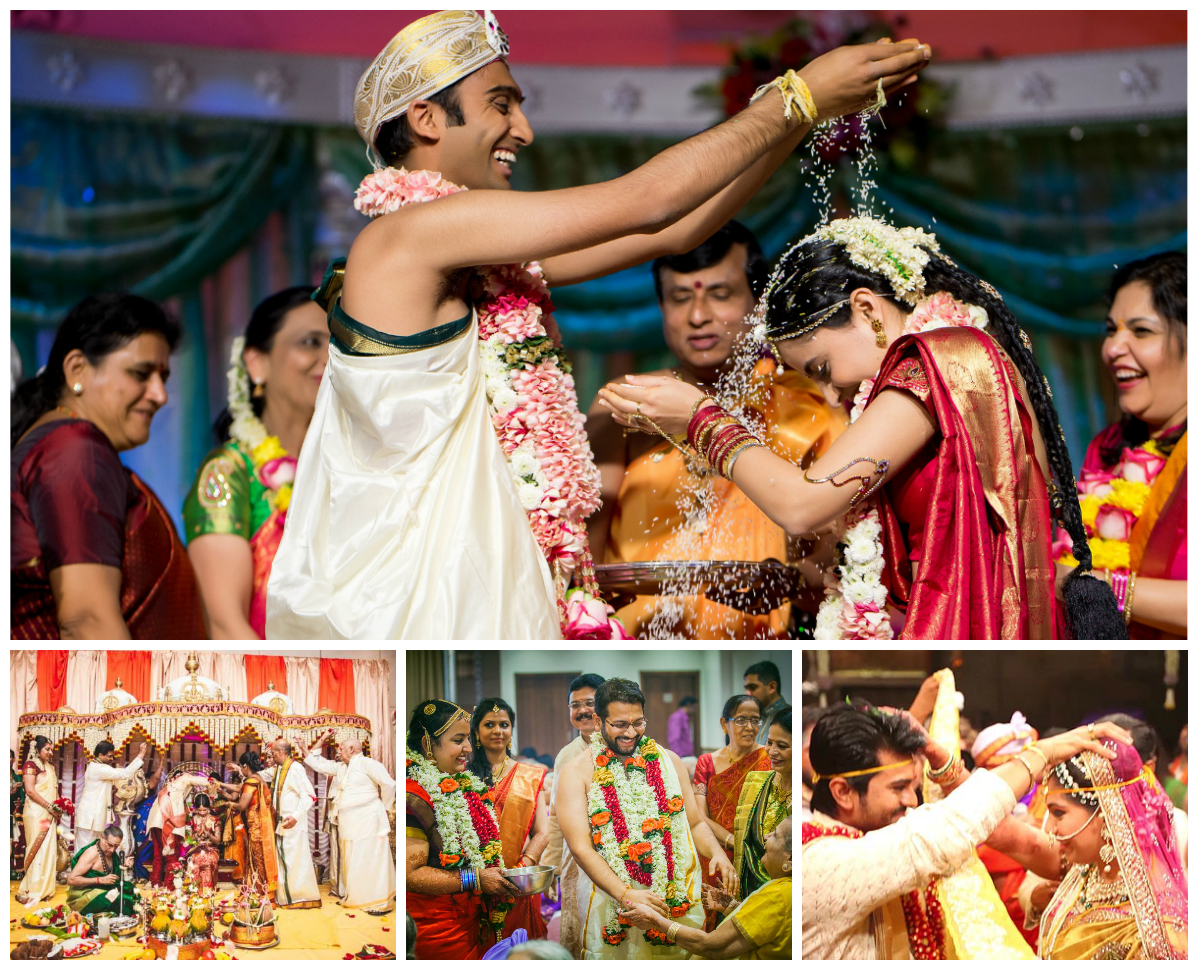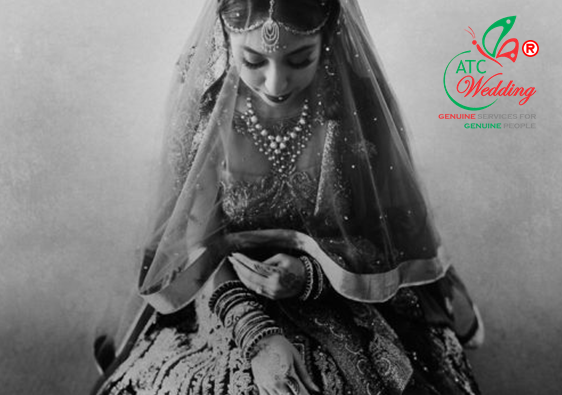India is a country with a diverse and rich cultural heritage. Different regions of India have different customs and traditions to offer. Even the holy practice of marriage comes in different colors and rituals, although the essence of Hindu marriages remains the same all over the country.
A south Indian wedding like any other weddings of the country is a grand affair with every rite having a deep significance. Let us have a look at some of its lovely marriage rituals:
- Jana Vasam: On the wedding eve, the bridegroom is brought to the home of the bride in flower-decorated cars accompanied by music. Through this procession, public approval is sought about the groom chosen by the bride’s family.
- Invocation of the gods: The wedding ceremonies begin by invoking many Hindu deities. First lord Ganesha is worshipped, followed by the worship of other presiding deities called Nandi Devatas. The Nandi Devatas are appeased by installing a leaf leaden pipal branch and then washing it with milk. The entire procedure of ablution is carried out by five ‘subhmangalis’ or married women. After this the ‘Nava Grahas’ or the nine planets are also worshipped.
- Kashi yatra: We have seen a small glimpse of this fun ritual in Chetan Bhagat’s book “Two States”. In this custom the groom abruptly decides to renounce the mundane pleasures and live as an ascetic instead. He leaves the ‘mandap’ with an umbrella and slipers for going to Kashi. The bride’s father runs after him and convinces him to stay and accept his daughter instead.
- Oonchal: After the exchange of garlands, the couple is seated on a swing or oonchal and are surrounded by women singing songs in their praise. This ritual signifies that the couple must be stable and be together during the ups and downs of life.
- Kanyadaan: ’Kanyadaan’ means ‘giving the bride away’; in this ritual, the bride sits on her father’s lap while the father passes her to the groom as a gift. He takes promise from the groom three times that he is accepting his daughter as his life-long companion.
- Saptapadi: Saptapadi or seven steps is a custom in which the bride and the groom move in circle around the holy fire seven times while their close associates sprinkle flowers on them. After the completion of these steps the couples are considered to be socially married.
- Tralambralu: The bride and groom pour rice on each other’s head. This ceremony is supposed to bring prosperity and happiness for the newlywed couple.
The auspicious wedding rituals are culminated with the bride and the groom seeking blessing of the priest, their respective parents and other elders of the family.



